#include<stdio.h>
#include<stdlib.h>
#define max 10
void init_graph(int arr[max][max],int v);
void create_graph(int arr[max][max],int v);
void print_graph(int arr[max][max],int v);
int main()
{
int v,n;
printf("Enter the number of vertices :");
scanf("%d",&v);
int arr[v][v];
init_graph(arr,v);
printf("v=%d after init\n",v);
create_graph(arr,v);
print_graph(arr,v);
return 0;
}
void create_graph(int arr[max][max],int v)
{
printf("v=%d \n",v);
int e;
printf("Enter the number of edges :");
scanf("%d",&e);
int i,src=0,dest=0;
for(i=0;i<e;i++)
{
printf("Enter Edge :%d",i+1);
scanf("%d %d",&src,&dest);
if(src<=-1 || src>=v)
{
printf("Invalid source vertex \n");
i--;
continue;
}
if(dest<=-1 || dest >=v)
{
printf("Invalid dest vertex \n");
i--;
continue;
}
//*(*(arr+src)+dest)=1;
//*(*(arr+dest)+src)=1;
arr[src][dest]=1;
arr[dest][src]=1;
}
}
void init_graph(int arr[max][max],int v)
{
int i,j;
for(i=0;i<v;i++)
{
for(j=0;j<v;j++)
{
//*(*(arr+i)+j)=0;
arr[i][j]=0;
}
}
printf("V=%d init_graph\n",v);
}
void print_graph(int arr[max][max],int v)
{
int i,j;
for(i=0;i<v;i++)
{
for(j=0;j<v;j++)
{
//printf("%d ",*(*(arr+i)+j));
printf("%d ",arr[i][j]);
}
printf("\n");
}
}
When I compiled the above program in Dev-c++ and in gcc 4.8.2 I'm getting different output. Here I'm trying to represent a graph using adjacency matrix representation.
when v is passed as parameter to the init_graph(arr,v)(in the above program), even though I'm not returning any value from the function, the value of v is becoming zero after after the function has been called.
It is working properly in Dev-c++ but I'm getting the wrong answer when compiled in gcc.4.8.2.

Screenshot of the output in Dev-c++
here v is not becoming 0

Screenshot of the output in gcc 4.8.2
and here v is becoming 0.